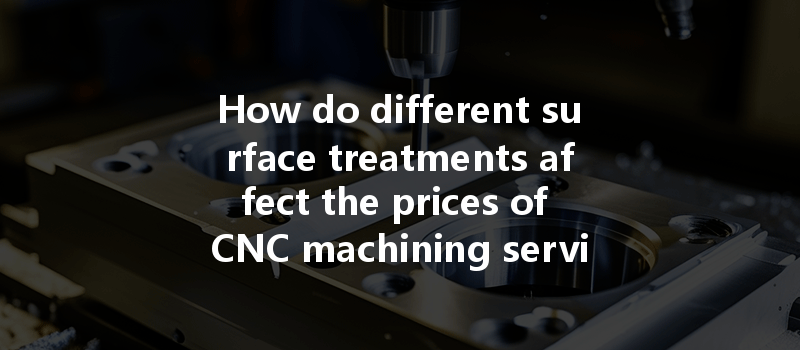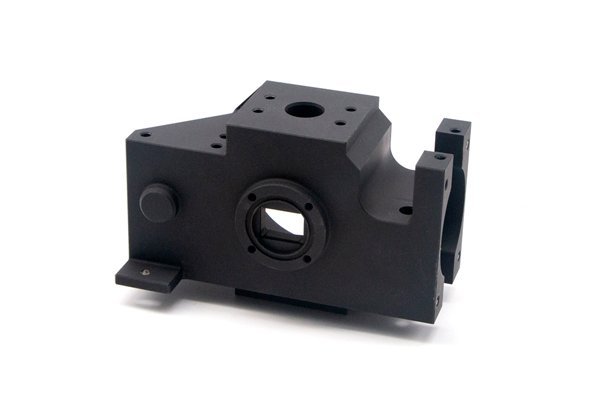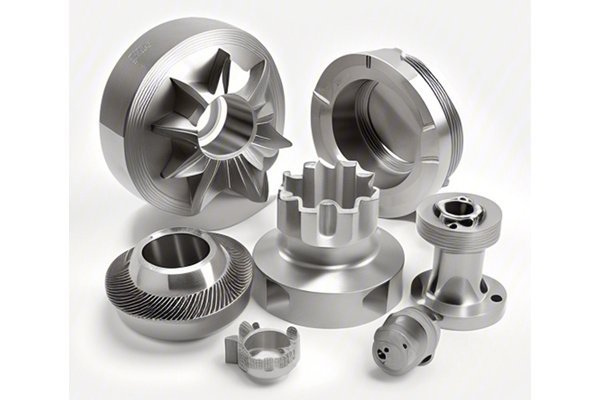*
Did you know that the surface finish of a CNC machined part can significantly impact its performance and price? A fascinating study conducted by a leading manufacturing research organization found that surface treatments could alter CNC machining costs by as much as 30%—or even more in complex applications. This realization leads us to explore how these treatments not only influence final prices but also dictate the suitability of parts for specific applications across industries.
As industries become increasingly competitive and demand for precision rises, understanding the various surface treatments and their cost implications in CNC machining is paramount. In this comprehensive blog, we will delve into the diverse world of surface treatments, their effects on machining prices, and practical solutions for manufacturers looking to optimize their processes.
—
Before we dive into surface treatments, it’s essential to have a firm grasp of what CNC machining is. CNC, or Computer Numerical Control, machining refers to the automated process of controlling machine tools through computers. This technique enhances precision, efficiency, and consistency in the manufacturing of parts from various materials, including metals, plastics, and composites.
1.1 The Importance of CNC Machining
CNC machining is celebrated for its ability to produce intricate designs with minimal human intervention. Industries ranging from aerospace to automotive rely heavily on this technology. Key advantages include:
—
2.1 What are Surface Treatments?
Surface treatments refer to processes that alter the surface properties of a material to enhance performance characteristics such as durability, corrosion resistance, and aesthetic appeal. Common surface treatments include:
The choice of treatment depends on the required properties and the material used in the component.
2.2 Importance of Surface Treatments in CNC Machining
Surface treatments play a pivotal role in extending the life of machined parts and meeting regulatory standards. Additionally, they can drastically change how parts perform under operational stress.
—
3.1 Factors Influencing Cost
Several factors affect the price of surface treatments in CNC machining, including:
3.2 Pricing Breakdown
To illustrate the variations in cost based on surface treatment types, consider the following examples:

Businesses need to evaluate the long-term vs. short-term cost benefits that various surface treatments provide when considering overall production expenses.
—
4.1 Anodizing
Anodizing enhances aluminum’s corrosion resistance and improves strength. It involves electrochemically oxidizing the aluminum surface to create a protective oxide layer.
4.2 Hardening
Heat treatment processes such as quenching or tempering increase hardness and durability.
4.3 Powder Coating
This is a method that involves dry powder applied electrostatically and cured under heat, providing a tough finish.
4.4 Polishing and Plating
Polishing refines surface finish, while plating offers additional corrosion resistance and aesthetic appeal.
—
5.1 Selecting the Right Surface Treatment
Choosing the right surface treatment begins with understanding the component’s application requirements and life cycle. Factors to consider include:
5.2 Streamlining Processes
Optimizing production processes can result in significant cost savings. Techniques include:
5.3 Evaluating Trade-offs
Evaluate the trade-offs between the cost of surface treatments and the potential longevity and performance benefits they offer. A more expensive surface treatment may be justified by reduced warranty claims or extended product life.
—
Surface treatments are a powerful tool in the CNC machining arsenal, enhancing part performance and durability while also influencing pricing structures. As manufacturing processes continue to evolve, understanding this relationship becomes essential for businesses aiming to remain competitive in their fields.
In this blog, we explored the significance of surface treatments, the factors influencing their costs, and practical strategies to minimize expenses. In summary, making informed decisions regarding surface treatments can lead to optimized costs, improved product quality, and greater satisfaction for end-users.
Ultimately, the implications of choosing the right surface treatment extend far beyond immediate costs; they touch on product reliability, brand reputation, and the efficiency of manufacturing processes. Manufacturers must consistently re-evaluate their practices in light of the information presented in this blog. The art and science of CNC machining have room for growth, and surface treatments may very well be the key to unlocking that potential.






